089 CD / Haydn Piano Trios
Abegg Trio Series Vol. XVII
Haydn Piano Trios
Piano Trio no. 39 in G major
Piano Trio no. 41 in E flat minor
Piano Trio no. 43 in C major
Piano Trio no. 43 in E flat major
Abegg Trio
EAN/barcode: 4009850008903
Description
"Although the late piano trios by Haydn are no less important than the quartets or the symphonies, they still tend to be overlooked; which makes this recording so important, particularly as the Abegg Trio phrases the music so intelligently, presents the compositional factor so meaningfully, and at the same time underlines the remarkable colourfulness of this work, which is reflected in extraordinary switches of key. (nmz)
5 reviews for 089 CD / Haydn Piano Trios
You must be logged in to post a review.
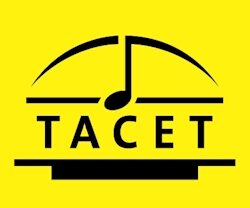
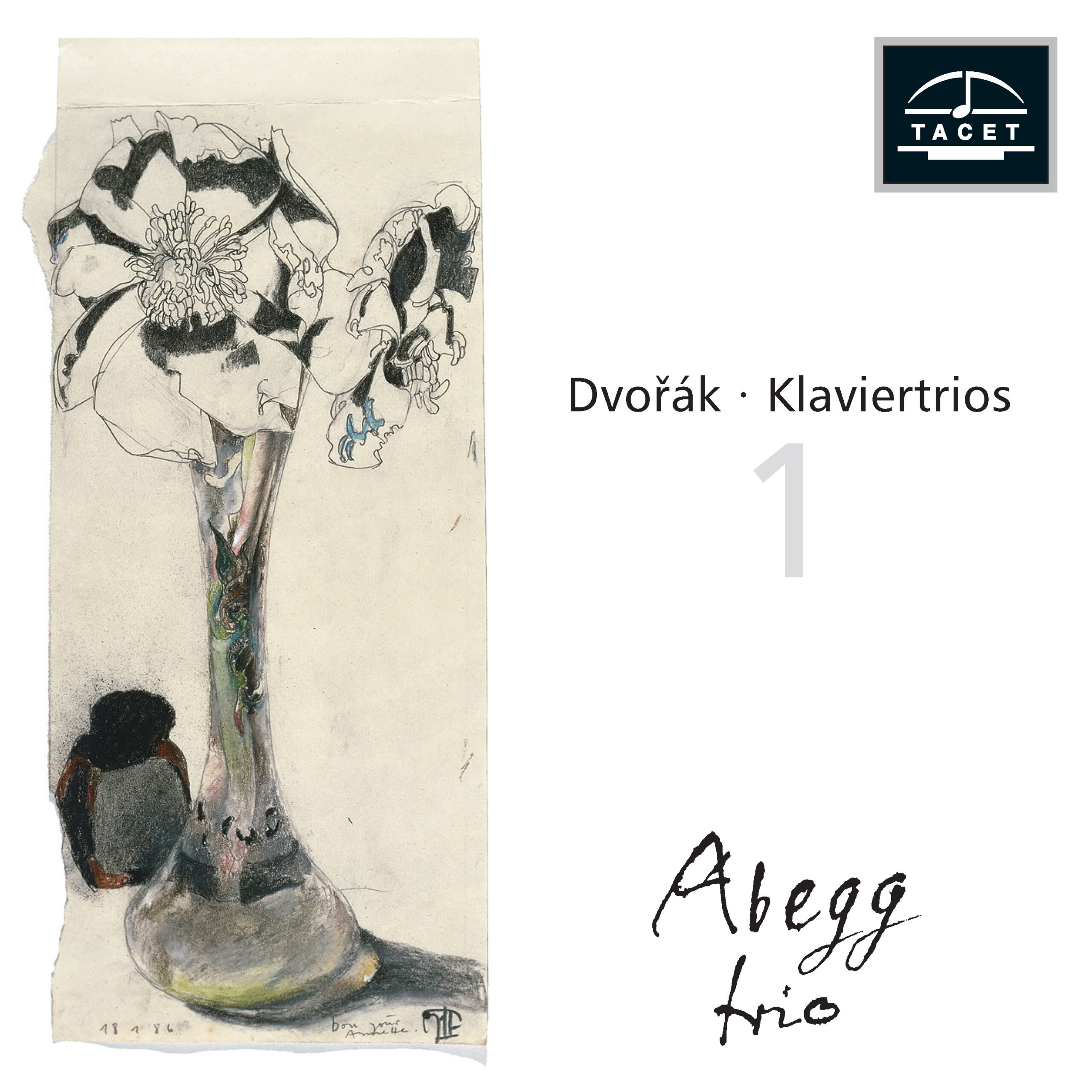

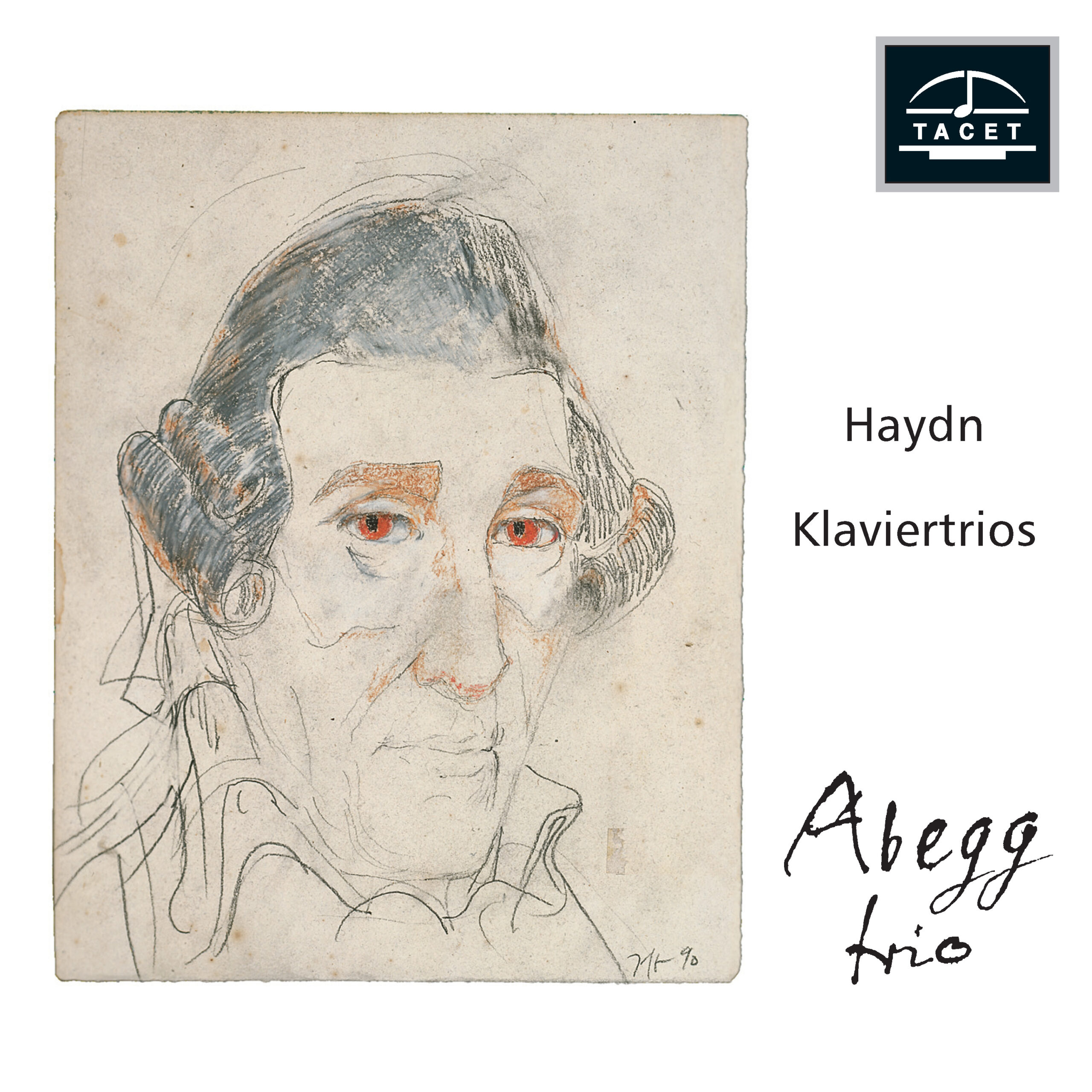
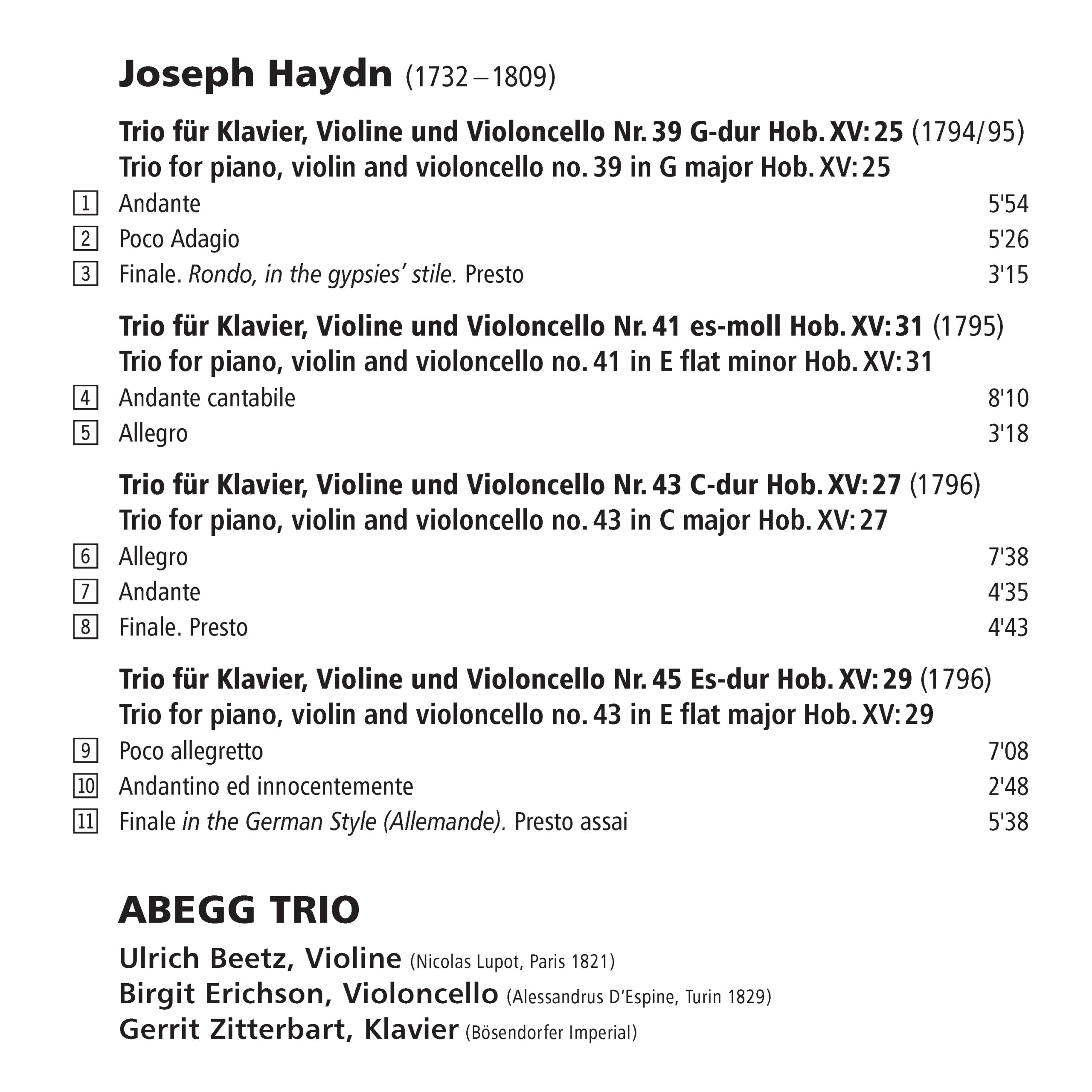
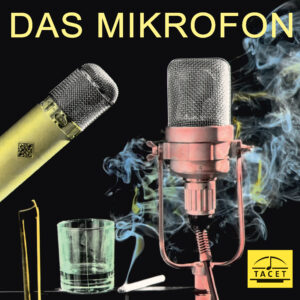
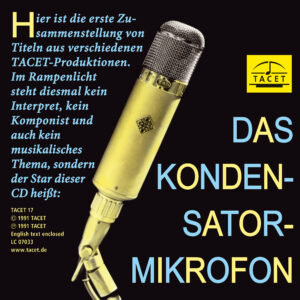



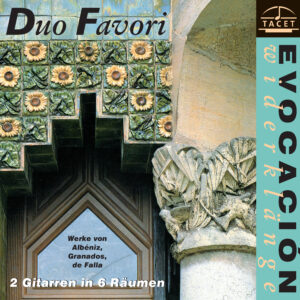

image hifi –
The booklets of their CDs are adorned with wonderful drawings by Horst Janssen, a connection established by the cellist. I am especially fond of the Haydn portrait—with its red eyes and drinker’s nose—a charmingly unconventional view of a composer who is otherwise almost always portrayed as a staid or, at best, mildly humorous character.
In the Abegg Trio’s recordings, a violin by the Parisian luthier Lupot (1821) and a D’Espine cello from Turin (1829) blend with a perfectly prepared Bösendorfer Imperial to create a wonderfully homogeneous sound—because the people playing these instruments are not only outstanding musicians, but also truly attuned to one another. One need only listen to how finely the trio’s playing, for instance in the finale of Haydn’s G major Trio (Hob. XV:25), is balanced in phrasing and dynamics, and to the swinging, effortless vitality they achieve. That the trio’s sound has been captured to perfection is something one may expect from TACET: so finely balanced, transparent, and full-bodied at once—one seldom hears a piano trio recorded so beautifully!
Heinz Gelking
Der Bund –
The Abegg Trio’s tensely accented, intellectually controlled, and emotionally noble playing brings four of Haydn’s late works to life with wit and precision, making them shine brilliantly…
Neue Musikzeitung –
"Although the late piano trios by Haydn are no less important than the quartets or the symphonies, they still tend to be overlooked; which makes this recording so important, particularly as the Abegg Trio phrases the music so intelligently, presents the compositional factor so meaningfully, and at the same time underlines the remarkable colourfulness of this work, which is reflected in extraordinary switches of key.
Gerhard Dietel –
In this new CD recording, the renowned Abegg Trio turns its attention to some stepchildren of our musical life: four of Joseph Haydn’s piano trios, which undeniably, by their very nature and historical position, still belong to the genre of “piano sonata with accompanying instruments.” The new recording makes no attempt to disguise this—pianist Gerrit Zitterbart remains consistently at the center, mastering the almost concertante demands of Haydn’s piano writing in these works with great brilliance. Violinist Ulrich Beetz, in dialogue with the piano’s upper voice, occasionally holds back a bit too much. Cellist Birgit Erichson, by contrast, makes full use of her part’s possibilities, discreetly yet perceptibly asserting independence from the piano bass through dynamic nuance, articulation, and octave shifts.
The CD includes, alongside the better-known G major Trio with its Rondo all’ongarese, Trios Nos. 27, 29, and 31 of the Hoboken catalogue, and draws forceful attention to a body of work of true stature. These late Haydn compositions—written in parallel with his final great symphonies—display the same masterful maturity and captivate with their formal idiosyncrasies, improvisatory touches, and hybrid forms of variation, sonata, and rondo. They also surprise with their mediant-rich harmonies and tonal designs of a kind usually associated only with Beethoven or Schubert.
The Abegg Trio’s performances bring out the exceptional spiritual quality of Haydn’s music—its wit and its vitality—with great conviction. All traces of the “music-box” quality have been banished; through a free and generous interpretation, the music becomes wonderfully eloquent. The Abegg Trio takes its greatest liberties in the middle movement of the G major Trio, yet does so with impeccable musical taste. Since Haydn’s writing there already sounds almost early Romantic—with its dark sonority anticipating the mood of Beethoven’s Moonlight Sonata—it seems perfectly legitimate for the cello at times to double or even take over the violin’s melody.
Gerhard Dietel
Fono Forum –
These two recordings (TACET 88 Dvořák Piano Trios / TACET 89 Haydn Piano Trios) are simply thrilling. They meet every expectation one could reasonably place on the renowned Abegg Trio, based on their recordings of works by Mozart, Beethoven, or Debussy. This is consummate chamber music-making—marvelously balanced. Each of the three performers responds with the utmost sensitivity to every movement of the other two partners. What is particularly striking about these two interpretations, each perfectly cohesive in itself and carefully distinguished stylistically from the other, is their improvisatory gesture—the “planned” immediacy and seeming spontaneity. The Abegg Trio, however, approaches this with disciplined precision, achieving an absolutely convincing balance between soloistic virtuosity and harmonious ensemble playing, allowing a vast array of expressive and rhythmic facets to shine—every metronome marking meticulously observed. They highlight the brilliance of the popular rondo from Haydn’s Trio No. 39 just as much as the touching depth of feeling in Dvořák’s Adagio from Op. 21, which is entirely free of false sentimentality. Jan Reichow, who wrote the insightful introductory texts for both recordings, refers to Haydn’s music as exhibiting “eloquent perfection.” Rarely is there such a perfect alignment between verbal commentary and the music that actually sounds, as with these two interpretations—which are also, from a recording-technical standpoint, exemplary.
Ingeborg Allihn